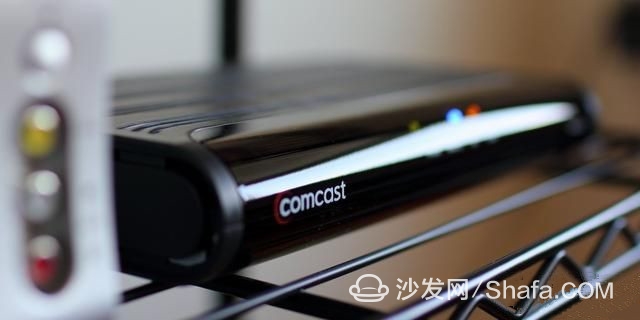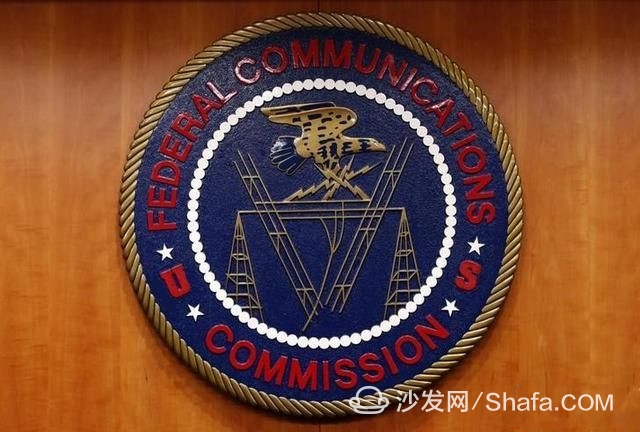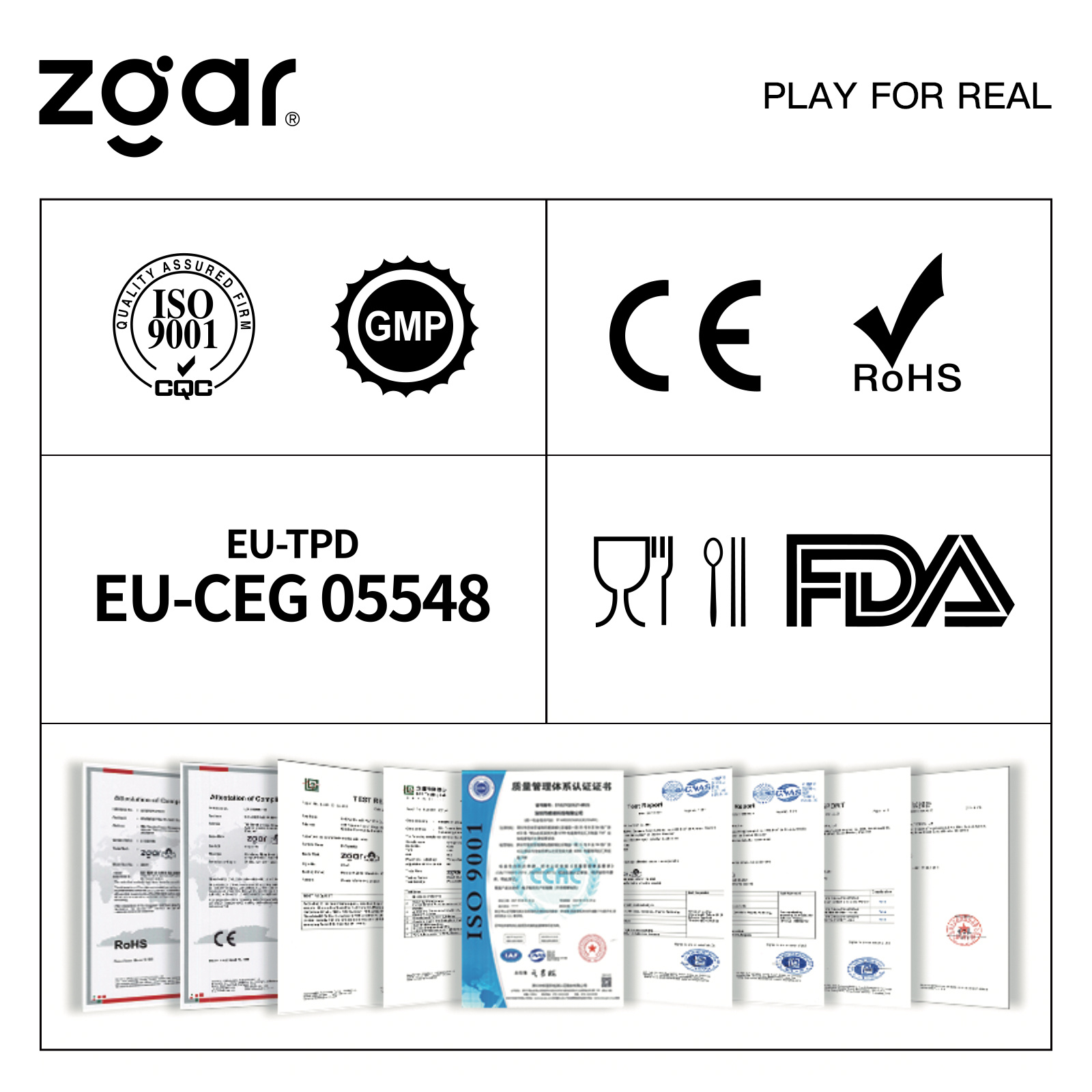
The Federal Communications Commission (FCC) is trying to introduce competition in the cable set-top box market. This Thursday, the FCC announced the revised plan.
According to the latest plan, pay-TV providers are required to provide free applications through streaming media devices, helping users to watch all program content that can be seen through a cable set-top box without restriction. They can develop their own applications, or "provide the necessary code" to third-party developers so that they can develop their own applications.
This means that after paying for cable TV subscriptions, you will not need to rent a set-top box from a cable company. If you have streaming media devices, such as Roku and Apple TV set-top boxes, you will be able to see everything through the app, and this kind of app is similar to Netflix and Hulu.
According to the new regulations, these applications must support "all widely used platforms." The FCC defines this type of platform as an operating system that has sold more than 5 million units in the US market in recent years. For example, Roku OS can be considered as a platform, and Roku set-top boxes are not.
In this case, pay-TV providers also need to open their own content to the universal search function. If you search for a program on your streaming device, you can see it through Netflix, Amazon Prime Video, and Comcast and Charter apps.
The FCC also prohibits pay-TV providers from tending to use autonomously in search results. (A senior FCC official admits that pay-TV providers can also sign separate agreements to change the ranking of search results.)
The FCC initially voted in February this year to try to open the set-top box market. The FCC idea is that users can watch cable TV content without having to rent a set-top box from a cable company.
These programs will appear in the streaming service of smart devices. Such smart devices can be mobile phones, tablet computers, smart TVs, streaming media players, or game consoles. Users still need to pay for cable TV services, but "cable television" itself will become an application, just like other applications in devices like Chromecast and Roku. Although the content will not change much, this will help the user save a fortune and solve the problem of fragmentation of TV watching.
The key to the latest plan is still the same, but different measures have been taken. In fact, the pay-TV industry made comments on the initial plan in June this year, and the new program adopted many of them.
Initially, the FCC hopes that pay-TV providers will provide program information to third-party device manufacturers, such as Apple and Google. These third parties can then bring their own user interfaces based on the content. Users do not need to use a cable set-top box to obtain cable television content, and Apple can use the user interface to present the content on any of the company’s devices.
There is no doubt that such a plan is annoying to cable companies and media companies. They believe that technology companies will gain too much control, which is technically difficult to achieve. They also worry that third parties like Google will insert ads in these content.
This will also cause them to lose a lot of income. The FCC estimated that the average US household pays $231 per year for set-top box rental fees. Over the past few decades, this expense has kept rising.
In the latest scenario, the FCC proposes that pay-TV providers can perform end-to-end control of applications. Their cooperation with content companies will not be affected, so channel rankings, advertising, and copyright agreements will not change. Third-party technology companies cannot repackage content in the application.

Cable companies can also control how the DVR recording function in an application works. The only requirement of the FCC for this is that such features should have a "like experience" with cable set-top boxes. The FCC hopes that TV content can become a mainstream streaming media device. In fact, as more and more users become "sinister families", cable companies have begun to do so.
However, there are still some pay-TV providers who are dissatisfied with the new plan. On the one hand, these companies need to use a variety of platforms to make applications as universal as possible. In the past, only when streaming media devices supported HTML5 web applications, they would develop corresponding software.
More importantly, the new plan requires pay-TV providers and program makers to develop standard licensing agreements to allow cable applications to enter third-party devices in a standard way, instead of negotiating licensing issues with various device vendors. The FCC stated that doing so ensures that the authorization meets the requirements of the department.
This provision also caused dissatisfaction with cable companies and trade organizations. Comcast, MPAA (American Film Association) and NCTA (United States Cable Television Association) have issued statements denouncing this new regulation. Their dissatisfaction is mainly because the FCC has the authority to supervise the terms of the authorization. In particular, NCTA pointed out that this plan will bring "a bureaucratic swamp", "prevent the deployment of video applications, is not conducive to copyright protection, and infringement of user privacy."
The FCC plans to vote on this proposal on September 29. If the plan is passed, cable companies with more than 1 million subscribers will have two years to develop applications that meet the new regulations. However, before this, it is expected that we will see many legal disputes. But in any case, the time when users can only watch cable TV by renting a cable set-top box will be over.
ZGAR MINI
ZGAR electronic cigarette uses high-tech R&D, food grade disposable pod device and high-quality raw material. All package designs are Original IP. Our designer team is from Hong Kong. We have very high requirements for product quality, flavors taste and packaging design. The E-liquid is imported, materials are food grade, and assembly plant is medical-grade dust-free workshops.
From production to packaging, the whole system of tracking, efficient and orderly process, achieving daily efficient output. We pay attention to the details of each process control. The first class dust-free production workshop has passed the GMP food and drug production standard certification, ensuring quality and safety. We choose the products with a traceability system, which can not only effectively track and trace all kinds of data, but also ensure good product quality.
We offer best price, high quality Vape Device, E-Cigarette Vape Pen, Disposable Device Vape,Vape Pen Atomizer, Electronic cigarette to all over the world.
Much Better Vaping Experience!


ZGAR Vape Pen,Disposable Device Vape Pen,UK ZGAR MINI Wholesale,ZGAR MINI Disposable E-Cigarette OEM Vape Pen,ODM/OEM electronic cigarette,ZGAR Mini Device
Zgar International (M) SDN BHD , https://www.zgarpods.com